The maximum altitude a drone can legally fly varies by country, governed by aviation authorities. In the United States, the Federal Aviation Administration (FAA) limits drones to a maximum altitude of 400 feet (122 meters) above the ground level, to avoid interference with manned aircraft. Some countries have similar regulations. However, technically, many drones can fly higher than these legal limits, but doing so could be unsafe and illegal without special permissions.
What happens if I fly higher than 120m with my drone?
Flying a drone above the generally accepted altitude limit of 120 meters (approximately 400 feet) can lead to various legal and safety consequences. Here’s a summary of what could happen, supported by multiple sources:
Legal Consequences
- Regulatory Fines and Penalties: If you fly your drone higher than allowed, you could face substantial fines. These fines vary by jurisdiction but can be quite hefty, with potential civil penalties reaching up to $27,500 and criminal penalties up to $250,000 in some cases, such as in the United States (Robots.net).
- Revocation of Permissions: Violating altitude restrictions can also lead to the suspension or revocation of your permission to operate drones, impacting both recreational and commercial drone activities (Got2This).
- Criminal Charges: In severe cases, especially if your drone causes an accident or endangers aircraft, criminal charges could be brought against you, potentially leading to further financial penalties or even jail time (Got2This).
Safety Risks
- Increased Risk of Collision: Drones flying above 120 meters are at a higher risk of colliding with manned aircraft, which could have catastrophic consequences. Most manned aircraft operate above this altitude, so the chance of an encounter increases significantly if drones exceed this limit (Dronesgator).
- Loss of Control: Many drones are not designed to operate above their altitude limit, which can lead to decreased control effectiveness or total loss of control. This increases the risk of accidents (Robots.net).
- Interference with Aviation: Flying too high can interfere with aviation operations, potentially causing confusion or false alarms for air traffic control, which manages the safe flow of all aircraft in the skies (T-Drones).
Operational Limitations
- Battery and Operational Limitations: The higher a drone flies, the more power it requires, which can deplete batteries quickly and may prevent the drone from returning safely (Robots.net) (T-Drones).
- Technical Complications: High altitudes can affect the drone’s GPS signals and navigation systems, which are crucial for maintaining control and stability (T-Drones).
Which countries have other regulations?
Several countries have specific regulations regarding drone flight altitudes, which can differ from those in the United States. Here’s a brief overview:
- Canada: Transport Canada stipulates that recreational drones must fly below 122 meters (400 feet) above the ground.
- United Kingdom: The Civil Aviation Authority (CAA) limits drones to a maximum of 120 meters (394 feet) above the ground.
- Australia: The Civil Aviation Safety Authority (CASA) restricts drones to flying no higher than 120 meters (400 feet) above the ground.
- European Union: Many EU countries follow the European Union Aviation Safety Agency (EASA) regulations, which generally limit drones to a 120-meter (394 feet) ceiling.
- China: The Civil Aviation Administration of China (CAAC) has regulations that vary based on the drone’s weight, but generally, drones should not fly higher than 120 meters (394 feet).

Regulations can be more complex, including restrictions based on proximity to airports, military bases, and urban areas, and they may require additional certifications or permissions for different altitudes or operations. Always check the specific regulations of the country you are in or plan to operate a drone.
What is the maximum altitude for a drone technically based on physics?
Several countries have specific regulations regarding drone flight altitudes, which can differ from those in the United States. Here’s a brief overview:
- Canada: Transport Canada stipulates that recreational drones must fly below 122 meters (400 feet) above the ground.
- United Kingdom: The Civil Aviation Authority (CAA) limits drones to a maximum of 120 meters (394 feet) above the ground.
- Australia: The Civil Aviation Safety Authority (CASA) restricts drones to flying no higher than 120 meters (400 feet) above the ground.
- European Union: Many EU countries follow the European Union Aviation Safety Agency (EASA) regulations, which generally limit drones to a 120-meter (394 feet) ceiling.
- China: The Civil Aviation Administration of China (CAAC) has regulations that vary based on the drone’s weight, but generally, drones should not fly higher than 120 meters (394 feet).
Regulations can be more complex, including restrictions based on proximity to airports, military bases, and urban areas, and they may require additional certifications or permissions for different altitudes or operations. Always check the specific regulations of the country you are in or plan to operate a drone.
What is the maximum altitude for a drone technically based on physics?
The maximum altitude a drone can technically reach depends on several factors, including its design, power source, propeller efficiency, and how it handles the thinning atmosphere at high altitudes. Unlike fixed-wing aircraft that can glide and use lift more efficiently at high altitudes, drones (especially quadcopters and other multirotor types) rely on rotor thrust directly against the air to stay aloft and maneuver.
As drones ascend, the air becomes thinner, reducing the amount of lift generated by the rotors. This means the drone must spin its rotors faster or have rotors designed to operate efficiently in such conditions to maintain altitude. However, this increased demand on motors and batteries can lead to power limitations.
High-altitude drones, such as those used for research or military purposes, are specifically designed to overcome these challenges. They might include features like larger wings (for models that have them), more efficient propellers, lightweight materials, and high-capacity batteries or alternative power sources like solar panels.
Technically, commercial and recreational drones might reach altitudes of a few thousand meters under optimal conditions, but this is beyond their intended operational range and can cause rapid battery drain, decreased control responsiveness, and potential failure of components. Specialized drones, however, are reported to reach altitudes above 30,000 feet (about 9,144 meters), but these are exceptions, designed for specific tasks and environments, far beyond the capabilities of most commercial drones.
You can check out Sityu, who pushed it to the limits with a Mavic pro!




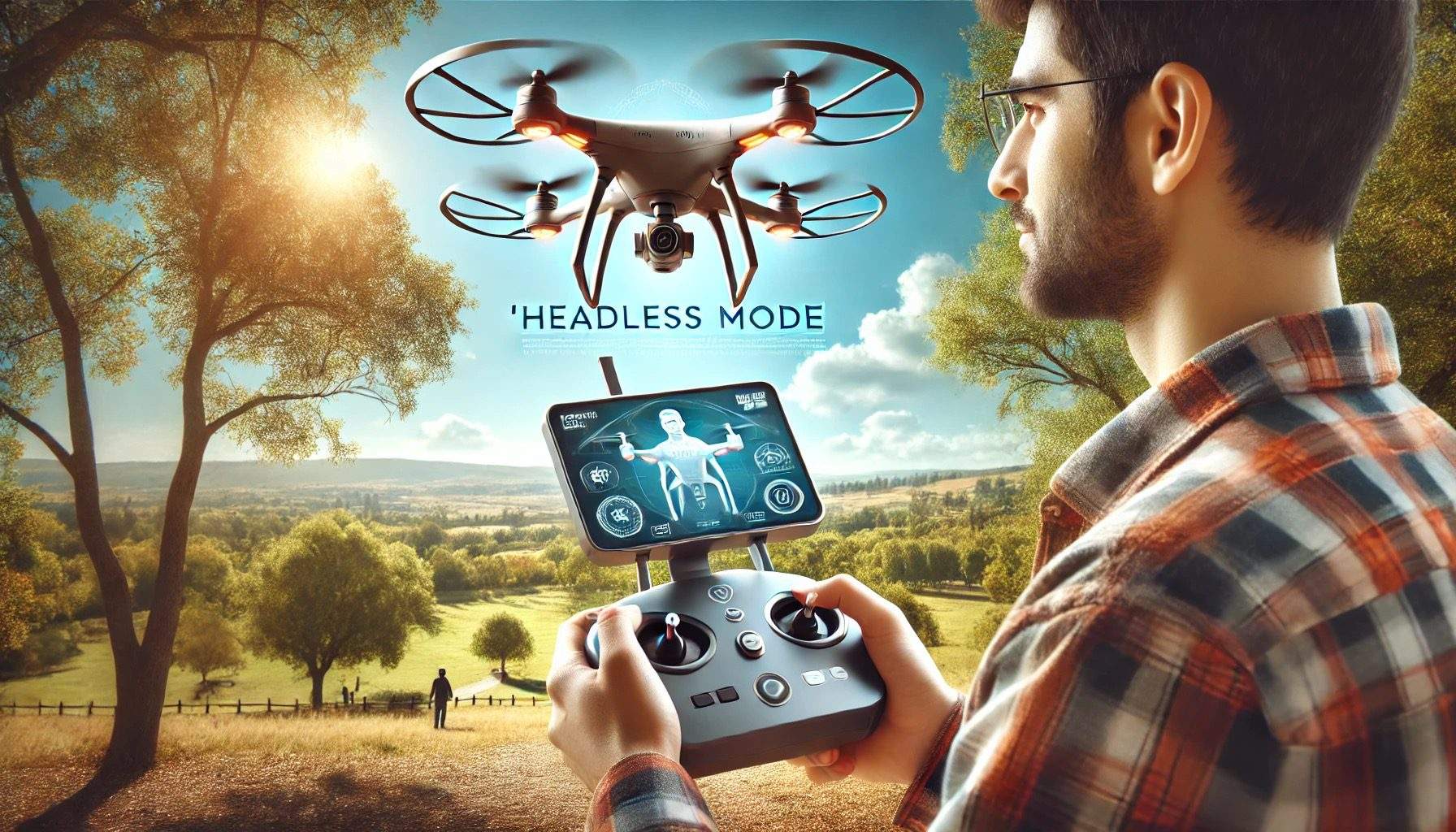
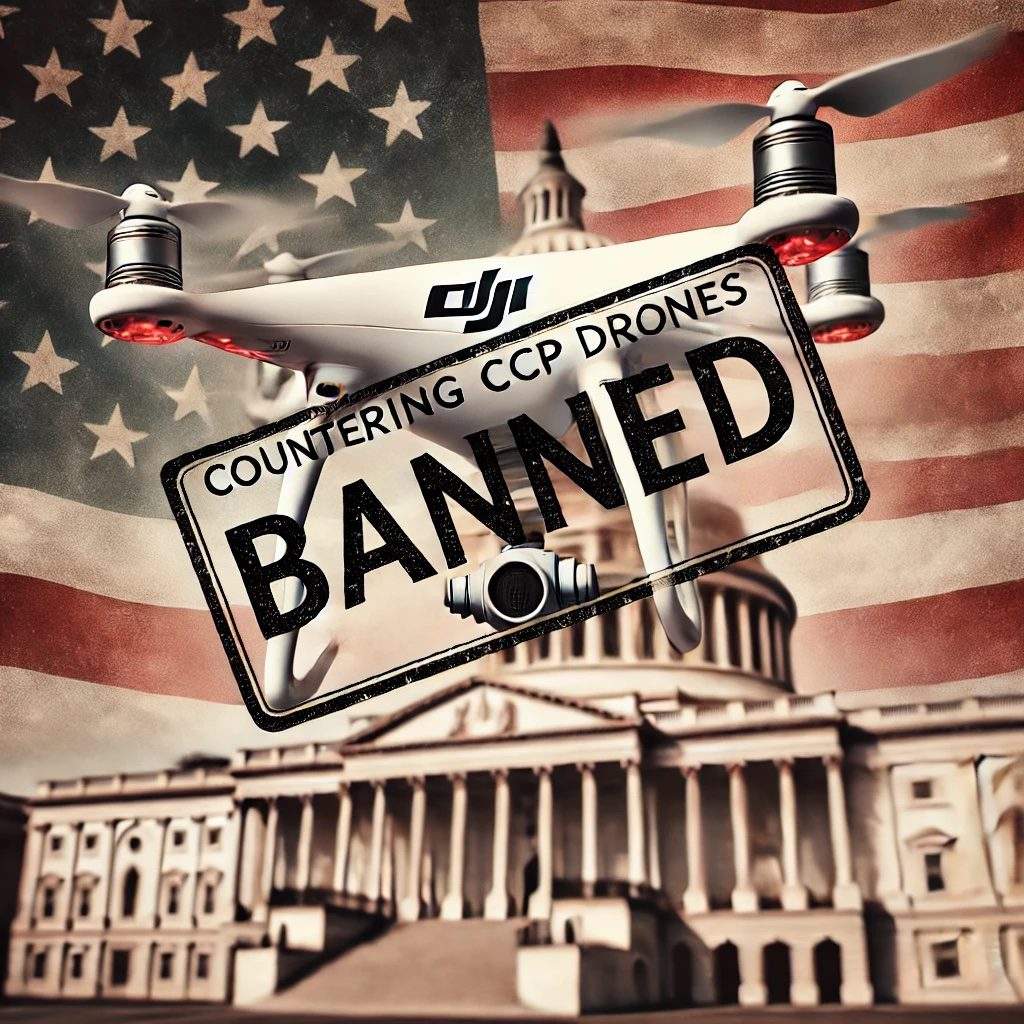
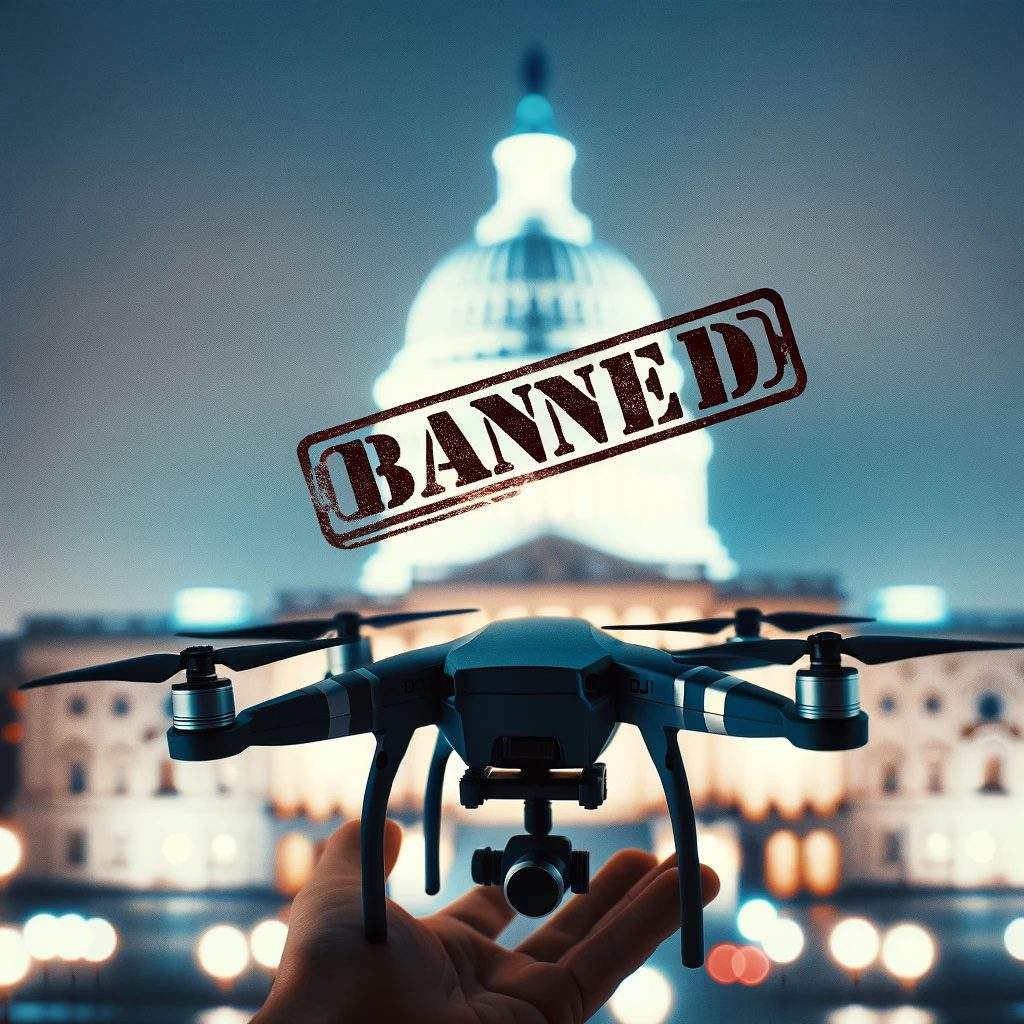

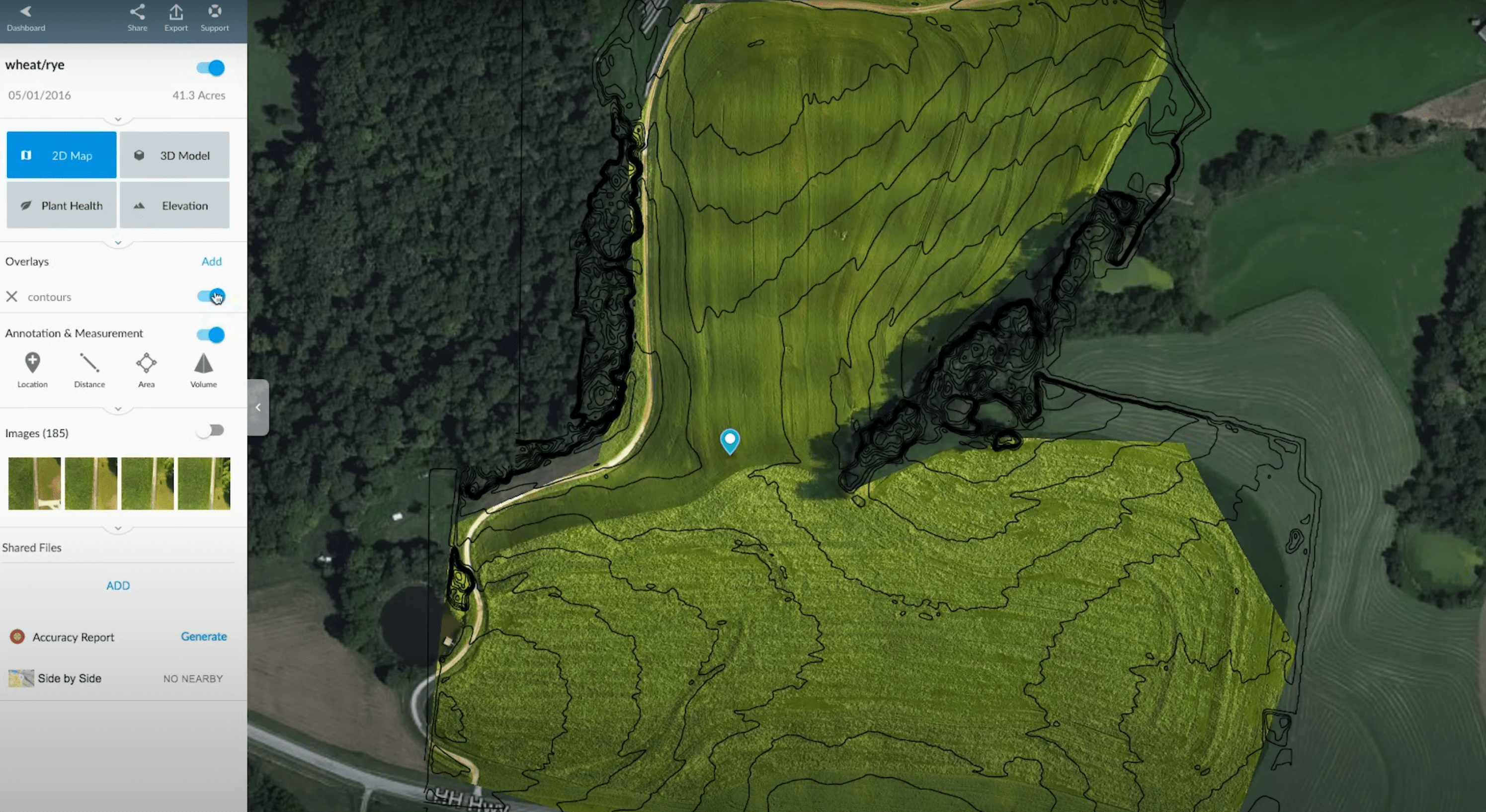
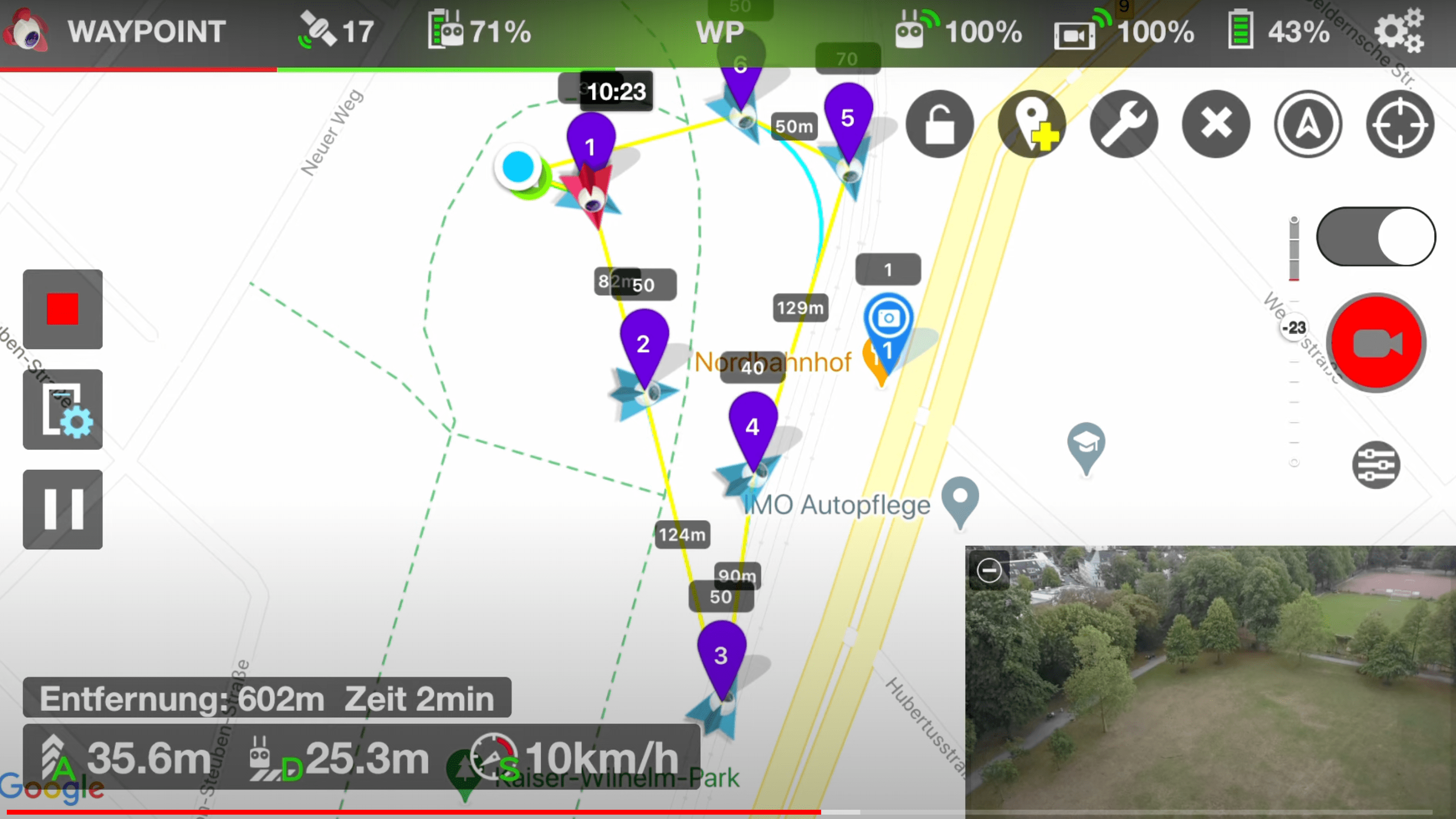
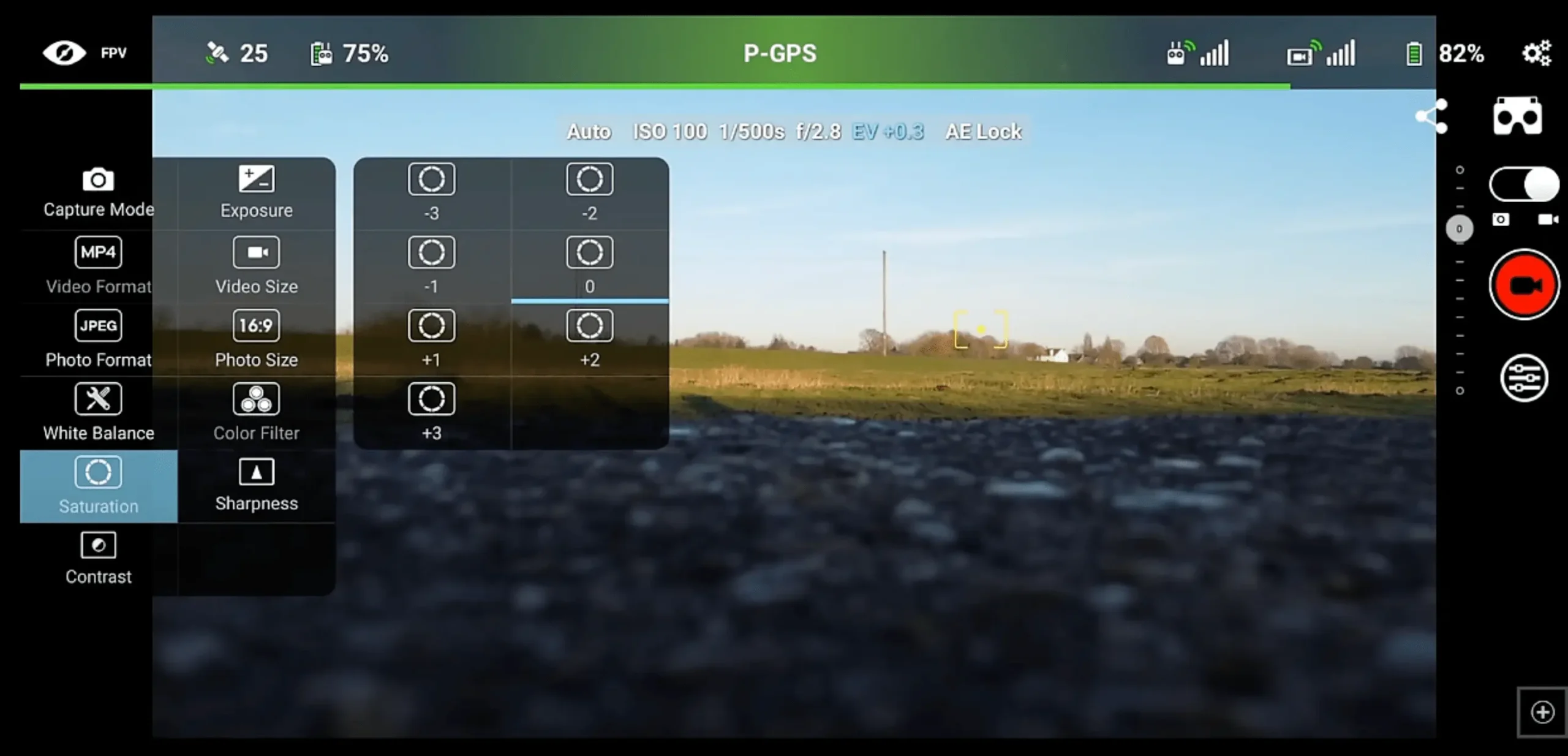
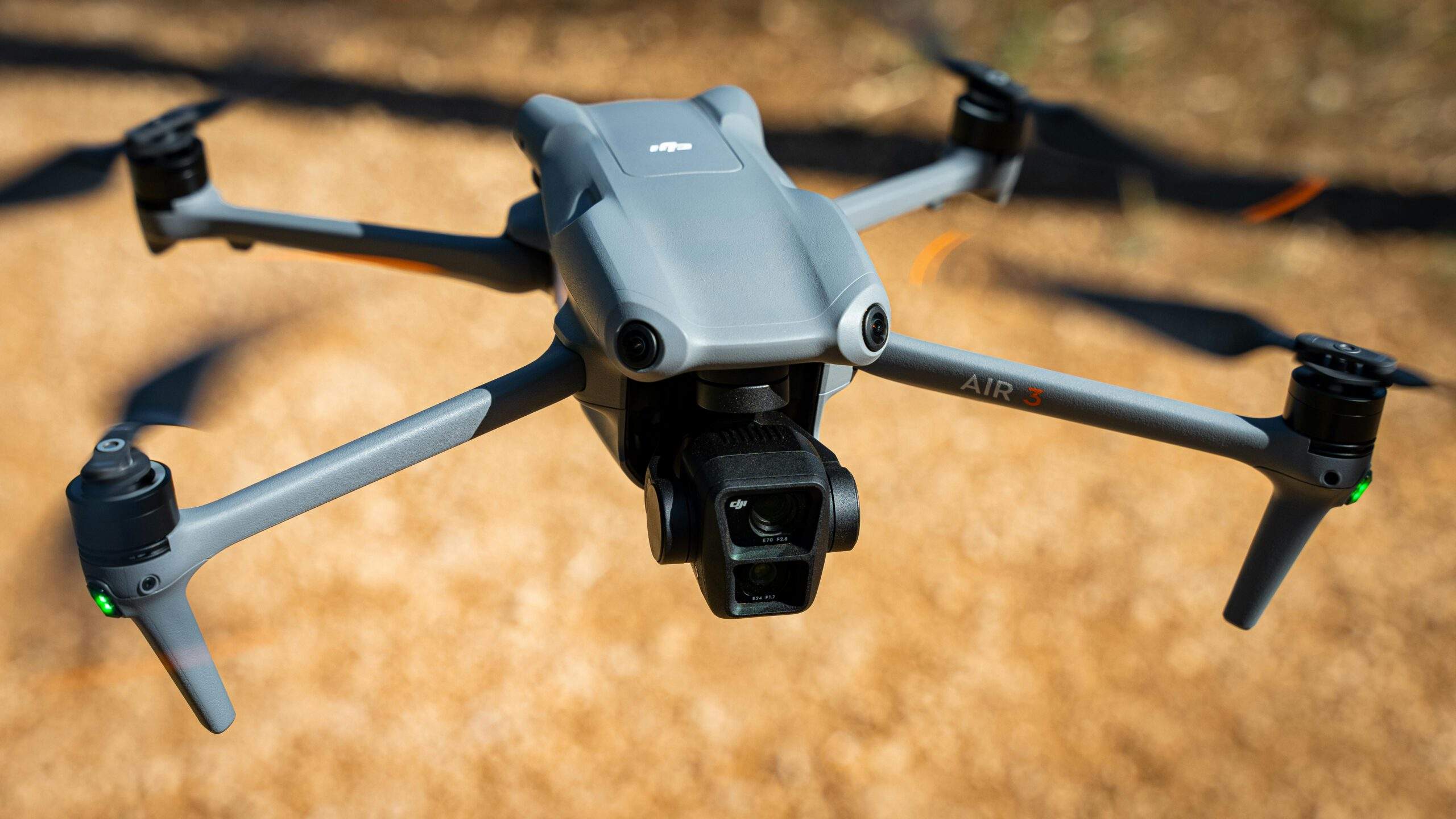
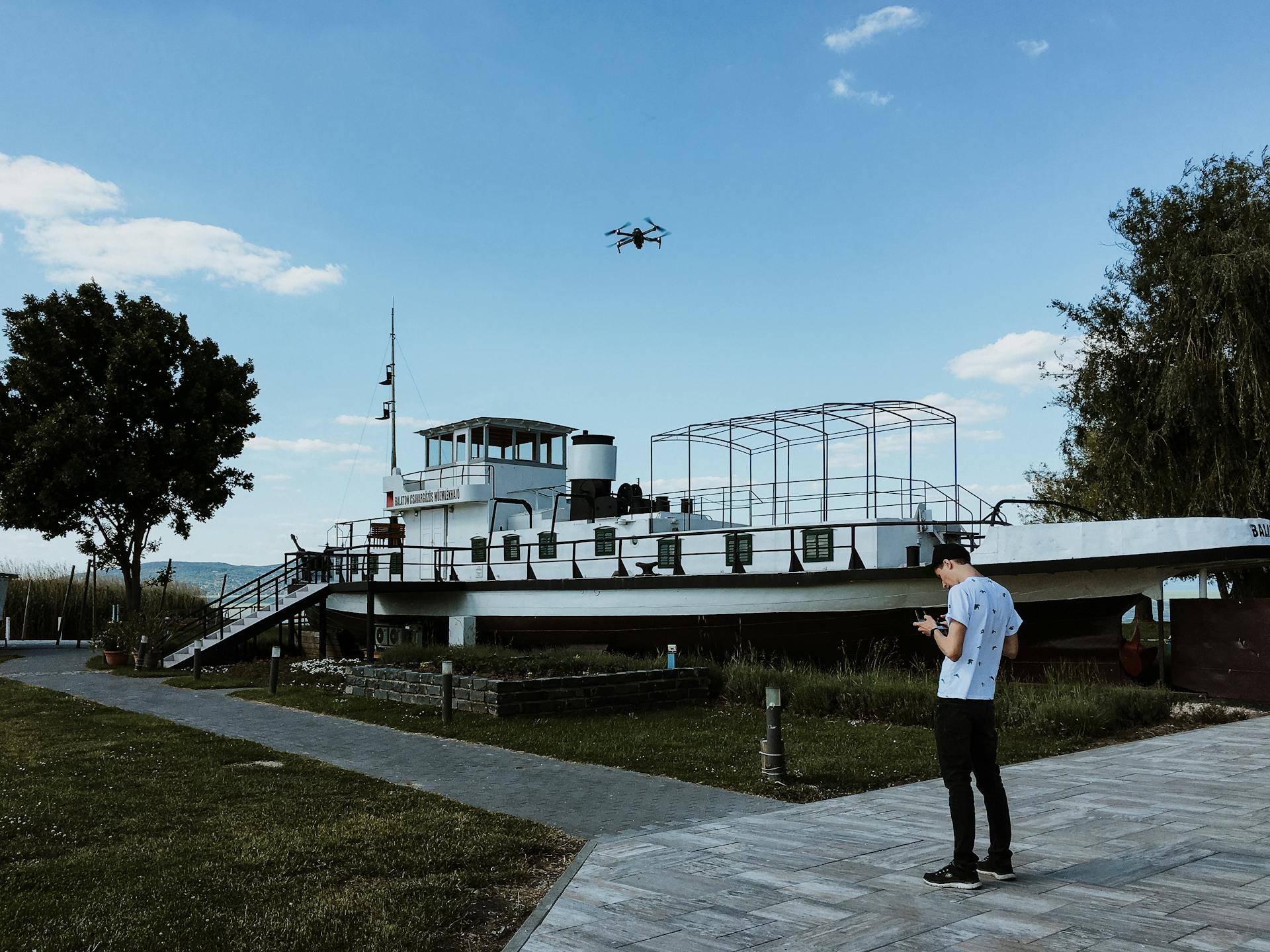

Leave a Reply